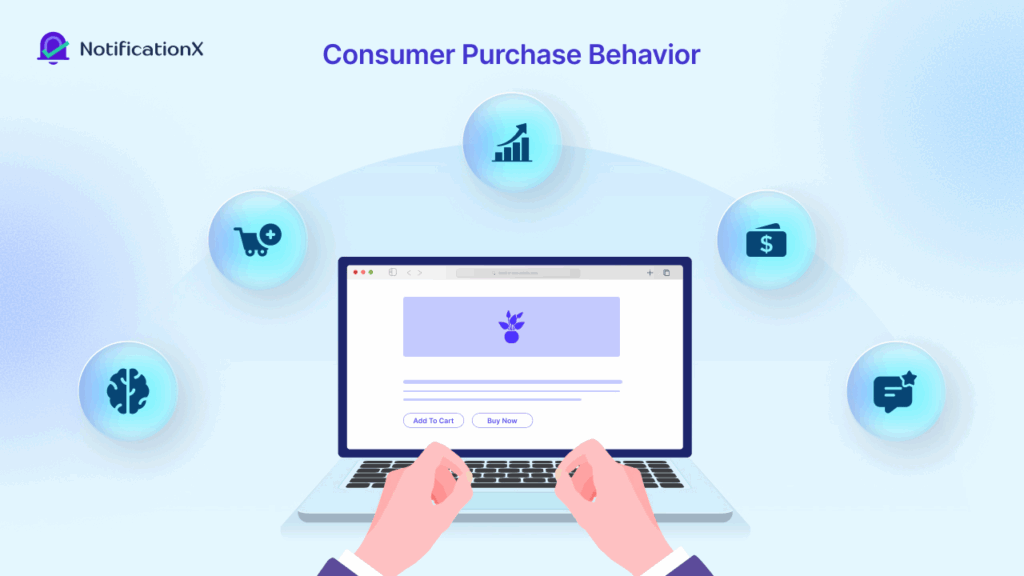Want to rule the online marketplace? It’s time to up your game with marketplace SEO! With more and more consumers turning to online shopping, optimizing your marketplace listings for search engines is crucial for success. But how? We have all the proven tips and tricks for you. So, let’s dive in and discover the secrets to dominating the online market with marketplace SEO!

Marketplace SEO: What’s The Big Deal About It?
So what is marketplace SEO precisely, and why is it so crucial for online sellers? Simply put, it is the practice of improving individual product listings on online marketplaces in order to increase their exposure in search results and increase sales. This entails optimizing product names, descriptions, photos, and reviews in addition to comprehending and adjusting for the search ranking algorithms used by each marketplace. In other words, it is the practice of investing in optimized SEO for marketplaces.

The major deal with marketplace SEO, in general, is that it’s vital for e-commerce platforms that want to flourish on digital marketplaces. Sellers can increase their search exposure, increase organic traffic and revenues, and eventually expand their business by comprehending and optimizing for the specific needs of these platforms.
How Marketplace SEO Differs From Traditional SEO
When comparing marketplace SEO with “regular” SEO, there are many overlaps – just as many as differences.
Your marketplace website is ranked “free” on Google for comparable terms (as opposed to your paid search campaigns or display campaigns). Let’s talk about some key differences.
🔊Platform-specific optimization: Unlike traditional SEO, which concentrates on optimizing for search engines like Google, marketplace SEO involves optimization for specific online markets, such as Amazon, eBay, Etsy, etc.
🔊Emphasis on product listings: Unlike traditional SEO, which aims to enhance the visibility of whole websites in search results, marketplace SEO is primarily focused on optimizing individual product listings to increase exposure and conversions.
🔊Focus on conversion rate optimization: “Search engine optimization” is known as SEO. SEO, or search engine optimization, is the process of making changes to your website in order to better position it when users search for the things you sell.
As driving sales and raising income is the ultimate aim of marketplace SEO, attempts to improve conversion rates are frequently made, such as by optimizing product names, descriptions, and photos.
🔊Algorithmic differences: Marketplace SEO demands a deep grasp of these algorithms and how to optimize them because each marketplace has its algorithms that influence search results and ranks.

Unlock the Full Potential Marketplace Listings with These Expert SEO Strategies
We have now reached the core of the article, where we will discuss the key optimization strategies for your marketplace website to rank higher on search engines such as Google, Bing, and other platforms of your choice.
Use Schema Markup As Your Cheat Sheet
Search engines use schema markup as a kind of hack to assist them in understanding what your online content is about. Think of it as a box in a room full of white, unlabelled boxes that has a label on it that tells any onlooking individual what is inside. It is advantageous!
The use of schema markup, structured data, and snippets enhances site indexing and enables marketplace websites to display more details on search engine results pages (SERPs). You might, for instance, display breadcrumbs, product details, and product reviews.
Product structured data is arguably the most significant schema markup to apply to increase product visibility.

Do A Thorough Keyword Research
Making a list of at least a dozen crucial keywords for your website and double-checking it before mining them is the best way to get started. Click your mouse once to enter a term, such as “gold,” into a web search field. Whether you search for “local stores me,” “gold boxes,” “fixes,” “gifts,” or “presents,” examine the top results. That’s good to go.
Click the search button to see the top results for your term, displaying your online rivals and the keywords in their metadata as you look for further inspiration.
Use a free search tool like Google Trends, where you can receive results along with related subjects and inquiries – allowing you to view comparable top search terms – to beat your competition with thorough keyword research.

Ensure A Potent Site Security (SSL)
A secure protocol known as the Secure Sockets Layer (SSL) establishes an encrypted connection between the web browser and the server of the website. When HTTPS or a padlock appears in the URL, you’ll know your site employs SSL.
Websites without SSL or those using outdated HTTP Addresses are not favored by Google. Often, a privacy error would appear, discouraging consumers from visiting the website.

Create A Beautiful Product Title
A title is necessary for every product description. Make sure it is captivating and appealing. ” Wheels for your automobile“ is a four-word title that isn’t particularly catchy. Nonetheless, “Today’s Best Wheel Offers” will pique curiosity and encourage participation.
Every product has ups and downs based on reading and traffic. If your website isn’t top-notch and you don’t dominate search terms, you won’t attract readers or sell products.
Bonus: Omnichannel Marketing: Easy Guide To Create The Best Strategies
The finest user experience across all possible touchpoints and channels is the only method to guarantee optimal conversions for eCommerce businesses. Only in this particular situation does omnichannel marketing come into play.

From the very first touchpoint to the very last, it offers clients a smooth and integrated buying experience across all channels. When we refer to “touchpoints,” we also imply every conceivable point of sale or channel during a customer’s journey or lifetime, encompassing both traditional and new media.
To develop a cohesive voice for your brand or business, it is necessary for all of your systems, platforms, and channels to be connected.
Let us know if this blog helps you by commenting below; we would love to hear about your experience. Abonnez-vous à notre blog for similar tips, the latest news, and marketing guides. Or, join our friendly and very helpful community on Facebook today.






